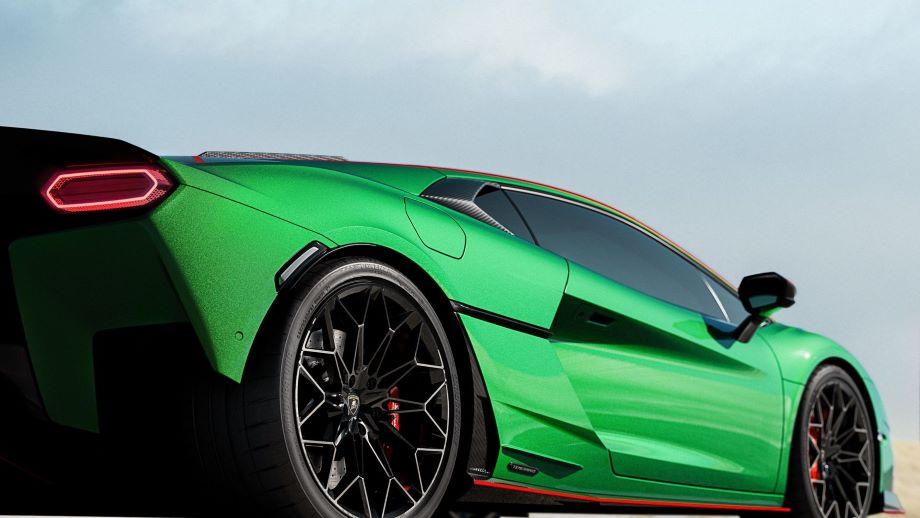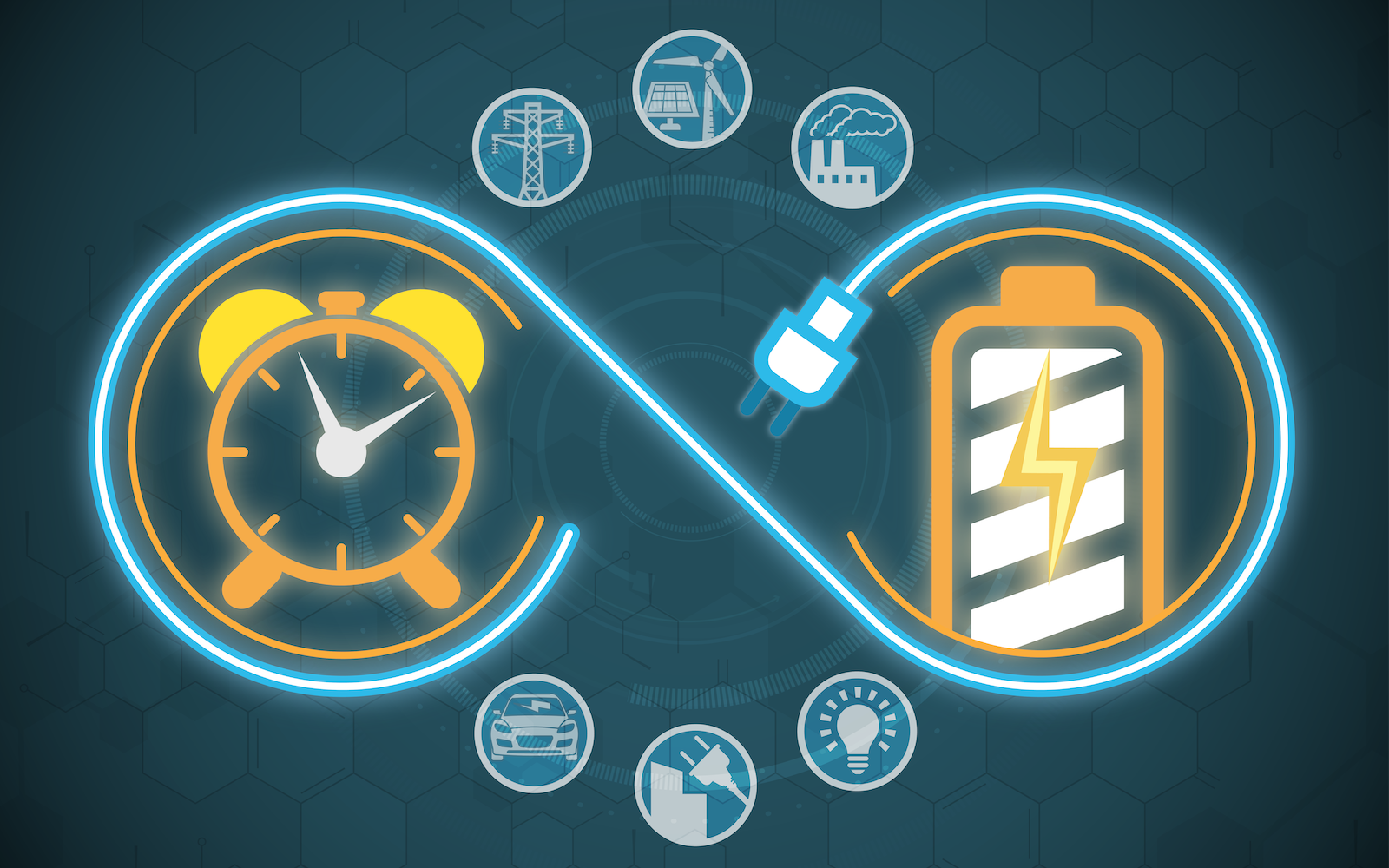Sign up for daily news updates from CleanTechnica on email. Or follow us on Google News!
News recently broke that the Biden administration plans to jack import taxes up on Chinese EVs, raising them from the current 25% to 100%. This would double the price of Chinese EVs, which would also not be eligible for federal point-of-sale tax credits. This move is obviously meant to protect domestically-produced EVs from far cheaper competition, giving the U.S. EV industry a chance to get established instead of letting consumer demand all get slurped up by Chinese companies.
Normally, protectionism is not the right move in a global economy, but that thinking only really works when you’re competing with other companies in other countries that rely on a free market. When prices are driven artificially low by a foreign government, and that other company isn’t subject to the same environmental and labor safety practices, arguments in favor of free markets are no longer applicable.
This Can’t Last Forever
But, it’s also true that a 100% tariff situation can’t last forever. While China’s government is manipulating the game to dump EVs and steal the manufacturing base, the market forces that such a move unleashes don’t cease to matter just because the game isn’t being played fairly. Nature abhors a vacuum, and if demand for EVs exceeds supplies in the United States while supply exceeds demand elsewhere, the pressure to let Chinese EVs in will only get stronger.
The Biden administration and people who carry water for them have been trying to at least temporarily stabilize this situation. Letting manufacturers do hybrids instead of EVs to meet EPA standards is a big one, and gives automakers more time to get themselves on the right track for competition. Other things, like conveniently-timed anti-EV FUD on Democrat-leaning public broadcasting, seem to be part of a wider push to delay EVs for a bit. So, I don’t think it’s unreasonable at all to say that Biden wants to give the domestic manufacturers a break.
That can’t keep the pressures away forever, though. Even if Biden’s moves quell EV demand for years, Biden wins the election, and the tariffs manage to stay for another four years, the rest of the planet is going to be moving toward EVs regardless of how slowly a transition goes in the United States. Eventually, cheap EVs are going to be available from Europe, Japan, and Korea. Can we slap them with 100% tariffs too? No way! Sooner or later, EVs are going to come in and destroy the ICE market.
So, manufacturers can’t afford to be short-sighted on this. If they wrongly assume that the government is going to protect the ICE and hybrid business forever and don’t use the time this move gives them to prepare, they’ll be overrun later.
Editor’s note: While I respect Jennifer’s opinion, I don’t think the Biden administration is trying to limit or weaken EV demand at all — quite the opposite, as so many policies show. However, I do think it’s interested in protecting legacy American automakers, and the fact of the matter is: Chinese EV companies are producing better, cheaper, more competitive electric vehicles, while those legacy American automakers the administration is trying to help have been struggling to drum up as much demand for their EVs as they’d like. So, the administration is trying to help them in multiple ways to get more customers (big subsidies and tons of funding for EV charging infrastructure) and drive down costs (multiple subsidies for different stages of battery production) while trying to guard against what seems like unfair competition. Also, there’s a longstanding combativeness and jostling with China (in part because of its aggressive subsidies and protectionism) that is feeding some of these policies and that goes well beyond EVs. —Zach
How Can They Prepare?
The obvious answer is that manufacturers need to be getting prices down. That’s all going to come down to mineral sourcing, as the rest of the vehicle is something manufacturers have been optimizing for decades already.
The biggest mistake non-Tesla manufacturers can make is to try to follow Tesla down the cost-cutting road. Things like eliminating stalks, going buttonless, and moving to cast frames might work for Tesla, but the portion of the market that wants an iPhone on wheels that can’t be easily repaired isn’t infinite. If nothing else, regulators and insurance companies will ruin that party as safety issues mount and soaring repair bills drive up premiums.
So, it’s really going to have to come down to battery supplies. Chinese companies have a years-long head start on that because the government heavily subsidized battery production in those days. This means that either manufacturers themselves will need to heavily invest in battery production and mining, or the U.S. government is going to need to continue to subsidize it at a high level to make it get up to speed faster.
At the same time, price isn’t everything. Just as many people don’t want a stripped-down Tesla, many more don’t want a cheaper than cheap Chinese EV. If price was the only factor in people’s decision-making, we’d all be riding bikes everywhere. So, domestic manufacturers need to consider what other advantages they have over imports and apply those to the upcoming fight against Chinese imports that will come sooner or later.
We can already see manufacturers doing this with trucks and SUVs. We’ve already seen Ford, GM, and Dodge stop selling utilitarian sedans altogether, instead favoring trucks and SUVs while keeping a few performance cars around. Import brands from Europe and Asia are already taking the budget car market, and domestics just aren’t interested in that anymore.
Going back to price, domestic manufacturers can potentially mix these two strategies to compete. Offering affordable electric pickups and SUVs that are a $5,000–10,000 over the price of a Chinese sedan can both help the companies stay relevant and compete without cutting profits to the bone.
This can’t be the only advantage they can press, though. Brand loyalty is a big one, as is the desire to pick up a domestic car for social or political reasons, even if the car isn’t made from American parts. Playing up relationships with unions while pointing out that Chinese labor (in China or Mexico) isn’t as well paid or well treated can give domestics an edge, too (assuming they pay Mexican plant laborers better than average).
Infrastructure is another way to get an edge, as Tesla has shown. New stations can be open to all vehicles (including Chinese imports in the future) while still giving the brand some prestige and giving the brand an opportunity to give their drivers perks. Lower pricing, premium amenities, reservations, and advertising opportunities can all help move cars without being seen as stingy.
Preparation Isn’t Optional
I’m sure there are people who can come up with even better ideas to compete, but whatever is done to compete, it needs to actually happen.
I’m reemphasizing this because we’ve seen automakers make some really dumb decisions based on short-term trends that didn’t pan out recently. For example, in 2022, GM discontinued the Bolt and Bolt EUV, thinking that they’d be able to sell expensive EVs forever. But, when the insane pricing of 2022 crashed down, GM had to change its tune and come up with a way to bring the Bolt back.
So, I don’t think it’s unreasonable to say that automakers might make similar decisions based on tariffs. Getting them to think ahead more than a few quarters is key to keeping the EV transition on track, even if the train isn’t moving as fast as we’d like.
Featured image by Jennifer Sensiba.
Have a tip for CleanTechnica? Want to advertise? Want to suggest a guest for our CleanTech Talk podcast? Contact us here.
Latest CleanTechnica.TV Video
CleanTechnica uses affiliate links. See our policy here.





